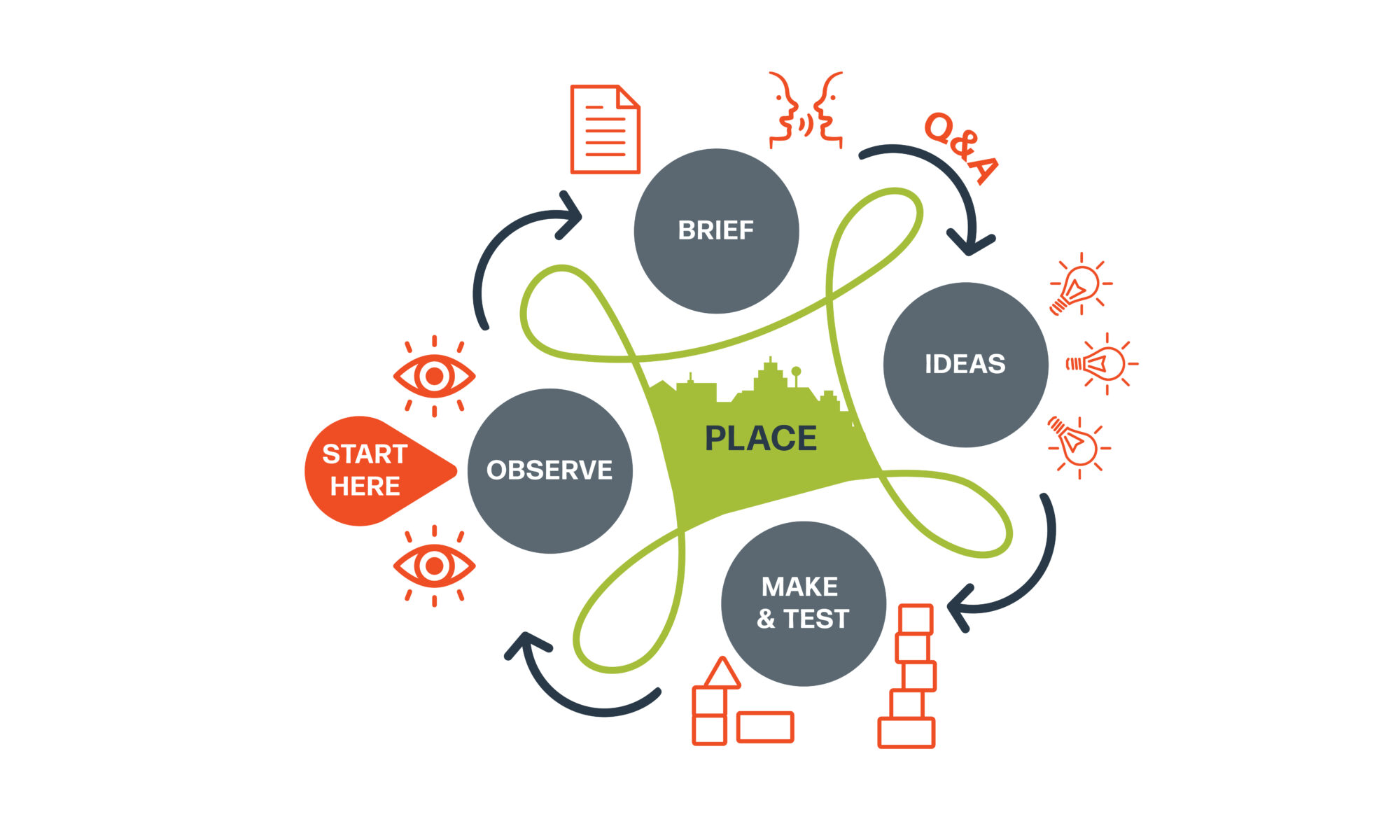I’ve said it elsewhere, and so now I’m saying it here.
If the client knows exactly what they want at the start of a design process, then it isn’t design – it’s shopping. Shopping for the answer that you’ve already decided upon. Because design isn’t the business of dealing with knowns. It is precisely because there are unknowns that we need a design process.
By all means we should have an initial brief that describes outcomes we are trying to reach. And then begins a journey into realm of unknown possibilities and constraints to find out what might be possible. What we may discover is that that original statement of intent was not quite right. We might find something based on a better understanding of the situation.
And then we get a better brief. Better for everyone involved, including the client.
Consider the opposite. The client sets a tightly defined brief with highly specified outcomes. The designer is forced to the client’s exacting brief, tantamount to a shopping list (and which has probably become formalised as a contract). The designer discovers a better solution but because it is not on the client’s shopping list, it isn’t considered.
And so the client comes back from the shops with what they asked for. But there is no guarantee they are going to fit.

